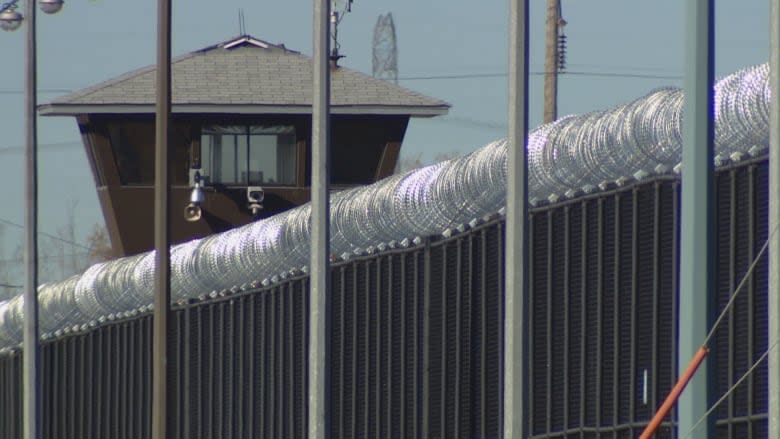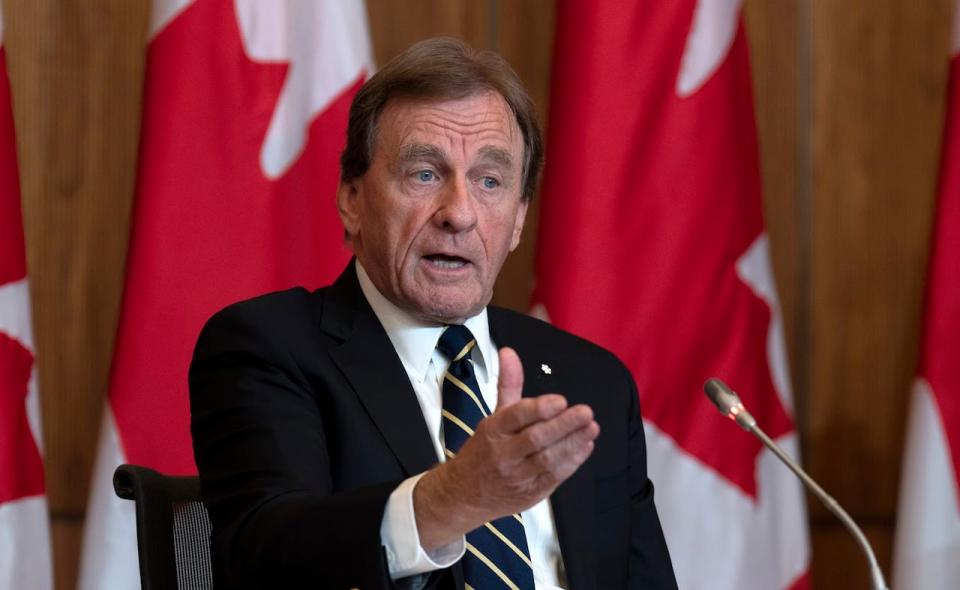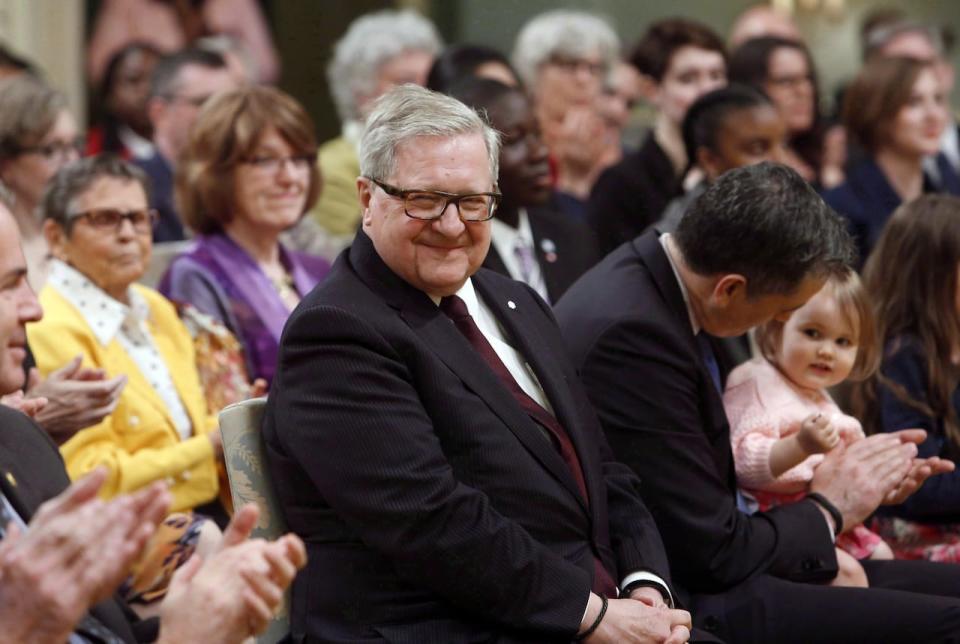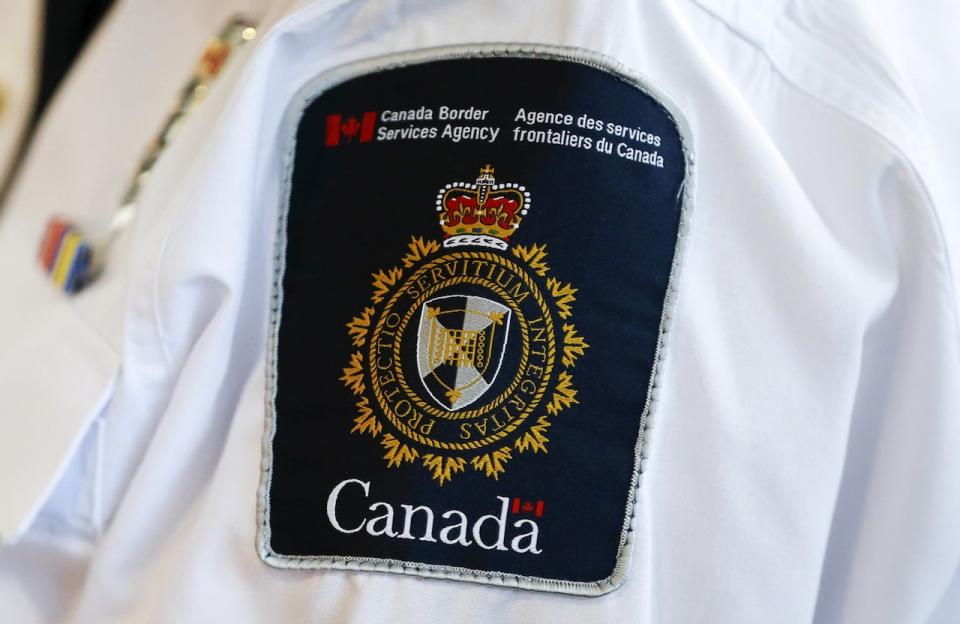Federal government plans on incarcerating migrants in its penitentiaries

The Trudeau government wants to use federal prisons to detain migrants deemed "high-risk," according to a line buried in the federal budget tabled on Tuesday.
The statement, at the bottom of the financial document, has angered human rights organizations.
"The government proposes to introduce amendments to the Corrections and Conditional Release Act and the Immigration and Refugee Protection Act to enable the use of federal correctional facilities for the purpose of high-risk immigration detention," reads Annex 3 on page 409 of the federal budget.
"I felt a big sense of betrayal," said Lloyd Axworthy, chair of the World Refugee & Migration Council.
"We think it is inconsistent with basic Canadian values and the betrayal of the notion of our country as a nation of refuge," said Allan Rock, also a member of that organization.
Both say incarcerating people for immigration purposes violates their fundamental human rights and international law.

Allan Rock, a former Liberal minister, is disappointed by the Trudeau’s government plan to detain migrants in federal prisons. (Adrian Wyld/CP)
World Refugee & Migration Council is one of the groups that campaigned alongside Human Rights Watch and Amnesty International to convince provinces to end their immigration detention agreements with the federal government.
The federal government's plan to now use its penitentiaries — that house people who have committed the worst crimes — is "completely unacceptable," says Rock.
"They've gone to the kind of nuclear alternative," added Axworthy.
The two former federal Liberal ministers believe the Trudeau government's proposal does not align with Liberal values and say they will do everything they possibly can to stop it.
The offices of Immigration Minister Marc Miller and Public Safety Minister Dominic LeBlanc would not comment.
Radio-Canada's questions were transferred to the Department of Finances, as the ministry responsible for the budget. That department did not provide comments before deadline.

Lloyd Axworthy was Immigration and Foreign Affairs minister under the Jean Chrétien government. He says he 'felt a big sense of betrayal' after learning of the federal government's proposal to detain migrants in federal prisons. (Fred Chartrand/Canadian Press)
Under the Immigration and Refugee Protection Act, the Canada Border Services Agency (CBSA) can detain foreign nationals, including refugee claimants, if they're considered a flight risk, their identities aren't well-established or if they pose a danger to the public.
The vast majority of the 71,988 migrants detained by CBSA between 2012 and 2023 were deemed to be flight risks, meaning the border agency believed they would not appear for immigration processes, such as a removal.
The CBSA would then decide whether to lock them up in one of its three federal immigration holding centres in Toronto, Laval, Que., or Surrey, B.C., or in a provincial jail.
The fact that the federal government statement is referring to just "high-risk" immigration detainees does not reassure Rock.
"The public safety and public security dimension has been exaggerated by the Canada Border Services Agency from the outset," Rock said.
"And by the way, if there is a concern about public safety, there are federal holding facilities which can accommodate up to almost 500 people now between British Columbia, Quebec and Ontario, and those are, in essence, medium security jails."

The Canadian Border Services Agency detained 71,988 migrants between 2012 and 2023. (Mark Blinch/Reuters)
Over the years, migrants have been sent to provincial correctional facilities when there was no federal centre in the province where they were detained, when they were considered high-risk or when they suffered mental health issues.
But since 2022, all provinces have one after another either refused to imprison people held for immigration-related purposes or have committed to stop doing so.
Many provinces had signed formal contracts with CBSA under which they had to give the agency one year's notice of cancellations.
Recently CBSA said that now it only detains migrants in jails — in provinces where that measure still exists — when there are "serious concerns about danger to the public, or to other detainees, or staff."


